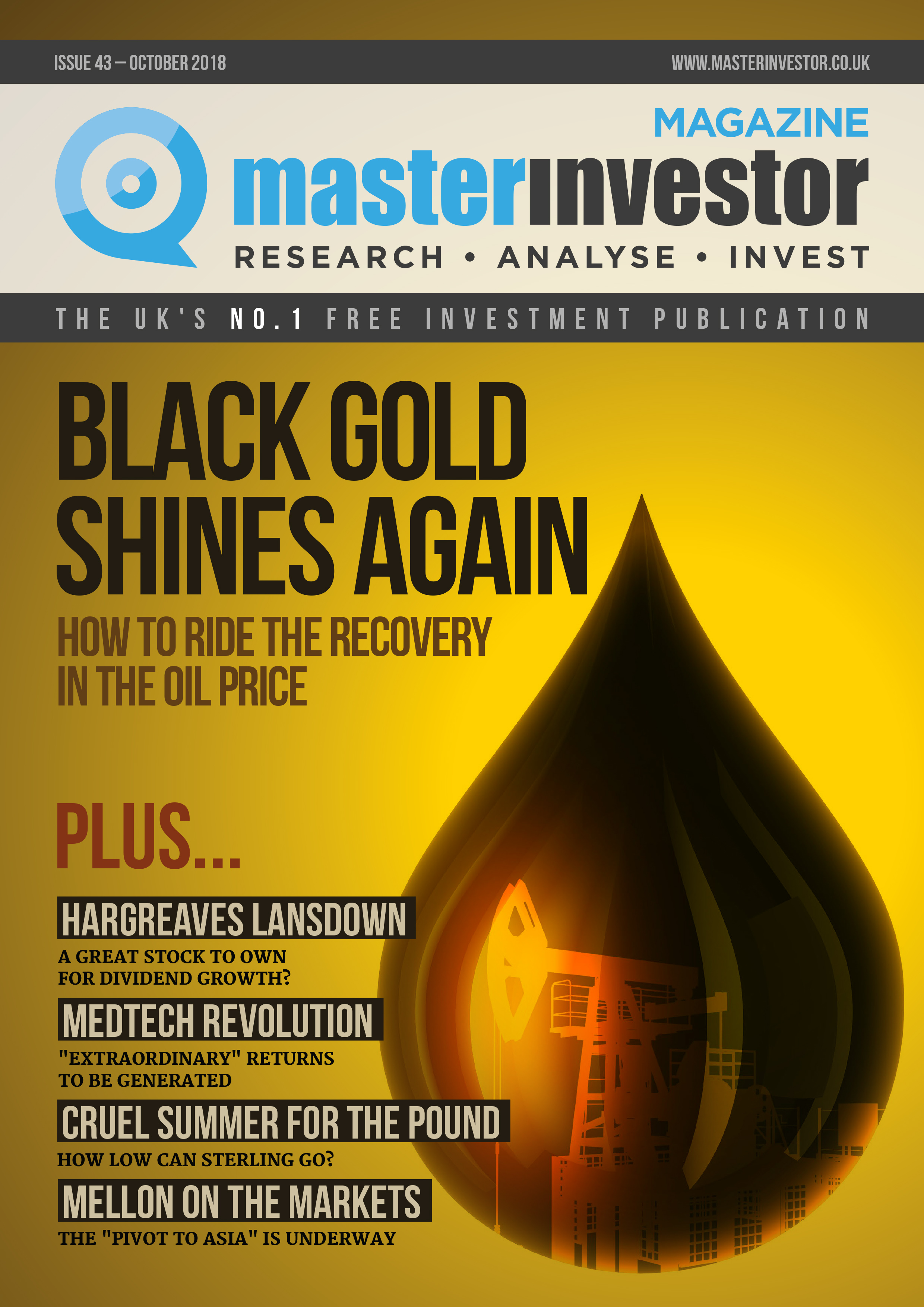Possible buying opportunity for this specialist Vietnamese fund


Never miss an issue of Master Investor Magazine – sign-up now for free! |
The surge in the value of the US dollar has put pressure on the Emerging Markets, but some of these countries are less vulnerable than others. A prime example is Vietnam, which is experiencing robust economic growth of around 7% this year and is expected to have a current account surplus of about 4% of GDP. Inflation is under control and the currency is stable against the dollar, yet the local stock market has fallen heavily and this has created a chance to pick up shares in VinaCapital Vietnam Opportunity (LON:VOF) at a lower valuation and an 18% discount to NAV.
The Vietnamese stock market generated a total return of 52.7% in US dollar terms in 2017 and then rallied a further 19.4% in the first quarter of this year, but it has since fallen back as part of the wider sell-off and is now down about 5% year-to-date. According to Dragon Capital, it is now trading on a multiple of 14.2 times this year’s forecast earnings, with expected earnings growth of 20.3%, which looks attractive relative to many of its Asian peers.
One way to take advantage would be to invest in the £756 million London-listed investment trust VinaCapital Vietnam Opportunity, which has recently released its annual results. In the year to the end of June it generated a NAV total return of 16.9% in US dollar terms.
Most of this gain was driven by the quoted element of the portfolio, which accounts for around two-thirds of the assets, with the return of 29.4% comfortably outpacing the 22.4% rise in the VN Index. Unfortunately the overall performance was held back by the weaker contribution from the private equity and direct property holdings, as well as the impact of the various costs.
Opportunities that are not widely available to public investors
It is an unusual vehicle, as it seeks to take advantage of opportunities that are “not widely available to public investors”, with the main focus being on the domestic growth sectors. This involves: taking private equity positions ahead of their potential listings; private placements; and buying assets as part of the privatisation process.
One of the main downsides of the fund is the high cost, which will erode investor returns. The ongoing charges figure for the 2018 financial year was 1.8%, but increases to 3.9% when you include the performance fee.
These are eye watering figures so it is not surprising that the Board has negotiated a reduction, albeit a fairly modest one. From July 1 the base fee of 1.5% will only apply to the first $500 million of net assets, with a lower tiered rate being used for the rest. The performance fee has also been cut from 15% to 12.5% of the outperformance of a hurdle rate of 8% per annum compound subject to a cap of 1.5% paid in any year.
Shareholders should rightly expect a better than market performance

Never miss an issue of Master Investor Magazine – sign-up now for free! |
The Board believes that these changes “will deliver significant cost savings, while retaining a strong incentive for the Investment Manager to deliver returns to shareholders” and that shareholders “should rightly expect a better than market performance from the portfolio to compensate for the level of fees and the approach taken”.
A new dividend policy has just been put in place that aims to pay around 1% of NAV twice a year. Steps have also been taken to close the wide discount to NAV with an active share buy-back programme and the fund’s listing moving from AIM to the premium segment of the London Stock Exchange where it should attract more investor attention.
The broker Numis believes that investors should have exposure to Vietnam over the next few years and that the VinaCapital Vietnam Opportunity fund’s wide discount to NAV of 18% could represent an attractive entry point for those who can tolerate the inevitable volatility.
Comments (0)